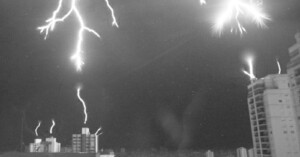
Photo from High-Speed Camera Reveals How Lightning Rods Work
Scientists used a camera that records at 40,000 frames per second to capture a novel photo that reveals how lightning rods behave.

Scientists used a camera that records at 40,000 frames per second to capture a novel photo that reveals how lightning rods behave.
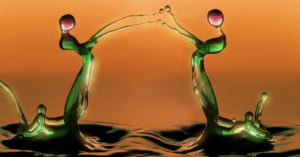
Photographer Ronny Tertnes uses ultra high-speed photography to capture remarkable liquid sculptures that appear to come to life.
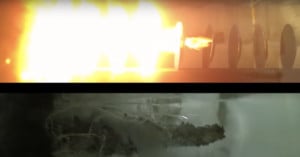
The Slow Mo Guys have captured a shaped charge explosion at five million frames per second, showing its path of destruction as it tears through a variety of items. The explosions were captured using a high-speed camera that filters out the color in order to preserve the detail of the image.
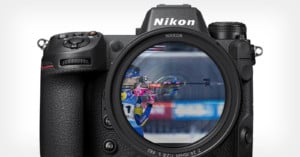
Nikon touts its new Z9 mirrorless camera as being able to capture motion faster than the human eye can see. One photographer just discovered that the camera is so fast that its burst mode can be used to capture speeding bullets.
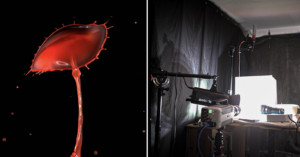
Photographing water droplet collisions can be tricky given that your subject vanishes in the blink of an eye. The process of setting up and revising a successful shoot strategy isn't easy, but one photographer has shared his best tips and techniques to help with that.
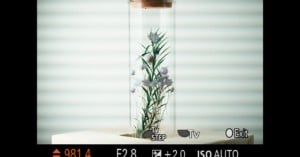
Last week's Sony a9 II firmware update came with a couple of really useful features. Not only does it let you close the camera's shutter when changing lenses, but the new 'shutter speed fine-tuning' feature is able to completely eliminate flicker from troublesome light sources.
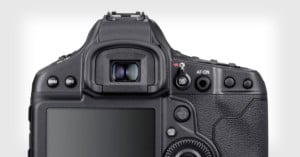
A couple of weeks ago, a number of Canon 1D X Mark III users began reporting that their cameras were locking up mid-burst, making them unusable for any sort of high-speed photography. Canon has now confirmed the issue, has found a workaround, and is preparing a firmware fix.
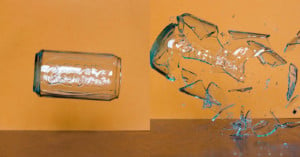
Are you stressed? What better way to de-stress is there than to break things while making cool photographs at the same time? You can break anything, from spaghetti to fancy glassware, there is no limit. It will take you about half an hour to build the Arduino circuit and write the code for this sound triggering photographic system.
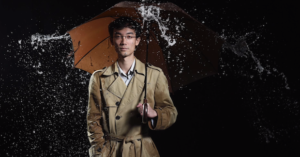
About a month ago, the folks at DigitalRev TV launched a new series called "Speed Shooter" in which they show you how to take great high-speed shots of various subjects. We didn't get a chance to cover the first episode when it first came out, and so now that episode two has debuted we thought we'd put them together in one.
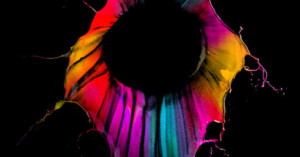
Photographer Fabian Oefner's work with paint -- all part of his "Paint Action" or "Three" cycle of photo series -- never ceases to impress. His previous Black Hole and Liquid Jewels series highlighted the effects of centrifugal force and air pressure on paint, respectively.
The final series in the cycle, Orchids, explores the effects of gravity -- and, as always, it does so in the most colorful (and messy) way possible. What's more, this time we have a chance to watch him work behind the scenes!
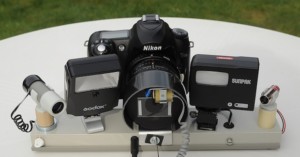
There are DIY projects that just about anybody can do -- for example, turning an old film canister into a flashlight -- and there are DIY projects that have a very specific "Y" in mind.
The ArnoSync High-Speed photography rig falls into the latter category. But even if you don't have the engineering prowess to build it yourself, it's still worth taking a look at what this home-brew rig can do.
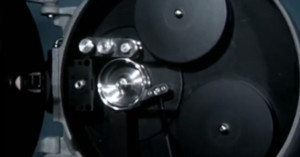
Back in 1948, The Society of Motion Picture and Television Engineers defined high-speed photography as any 3 frames or more captured at a rate at or above 128 frames per second, but even back then high-speed cameras performed well past that mark.
The public domain video above gives us a short peek at how far high-speed photography tech had advanced by the mid-1960s, when Wollensak's Fastax models were some of the foremost high-speed cameras on the market, capturing action at speeds of up to 18,000fps.
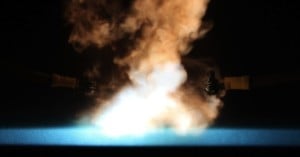
Contrary to what you might think, exploding wires are actually a fairly common photographic subject. Although cat bearding probably has it beat in terms of sheer volume, in the world of science, capturing photographs of wires turning into plasma is an often-attempted experiment.
But even though there is a lot of imagery of wires exploding out there, electrical engineer Patrick Herd's most recent experiment sought to capture the phenomenon in a unique way.
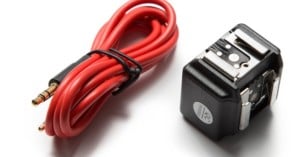
You may remember Triggertrap from our coverage of it a little over a year ago. The iOS app, which has since made its way to Android as well, acted as a "jack of all trades" camera trigger that offered more than 12 different triggering options.
Several of those options -- such as the sound and motion triggers -- were geared towards high-speed photography, and a new update and flash adapter from the Triggertrap team are primed to take the app's high-speed photo capabilities to the next level.
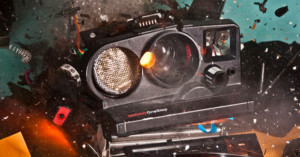
Last year we featured a CGI rendering of an exploding Polaroid One Step camera that makes for a nice wallpaper. Photographer Alan Sailer creates real photographs showing the same thing. Sailer drills a hole into each camera, fills the void with a firecracker, and then captures the resulting explosion with high-speed photography using a Nikon D90.
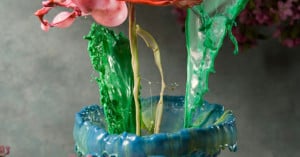
Photographer Jack Long has an absolutely amazing series of photographs titled Vessels and Blooms that features liquid flowers captured by shooting high speed photographs of splashes. The images are not faked with Photoshop, but are instead single exposures that result from months of planning and testing.
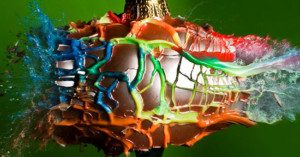
Photographer Alan Sailer works out of his garage shooting things with a high-speed pellet rifle and photographing the results using a homemade flash unit. An interesting series of photographs he has, titled "The War Against Christmas", involves filling Christmas tree ornaments with various things and shooting them for unique explosions of texture and color. The photograph above shows an exploding ornament that was filled with washable kids tempera paint.

Flickr user Vincent Riemersma shot this beautiful photograph of colored liquids splashing up the side of wine glasses champagne flutes using a Nikon D300s, a custom rig for sliding the glasses down a ramp, and a sound trigger.
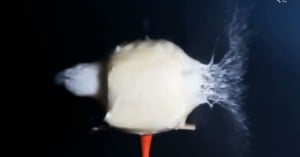
Turns out those crazy high speed photography shots you see of bullets shattering things aren’t as difficult to achieve …
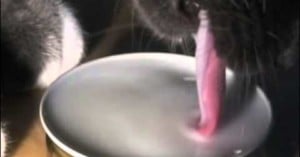
In 1877, photographer Eadweard Muybridge settled a longstanding debate on whether or not a horse completely leaves the ground at any point during its gallop by taking a single photograph of a horse completely airborne. In the same way, photography was also used recently by a group of researchers to uncover the mystery of how cats drink.
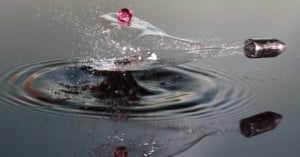
If you think shooting fast moving animals is difficult, try shooting bullets slicing water drops. That's the kind of mind-boggling photography that Alexander Augusteijn does. There's no tricks or clever Photoshop manipulations involved... just dedication and a whole lotta patience.